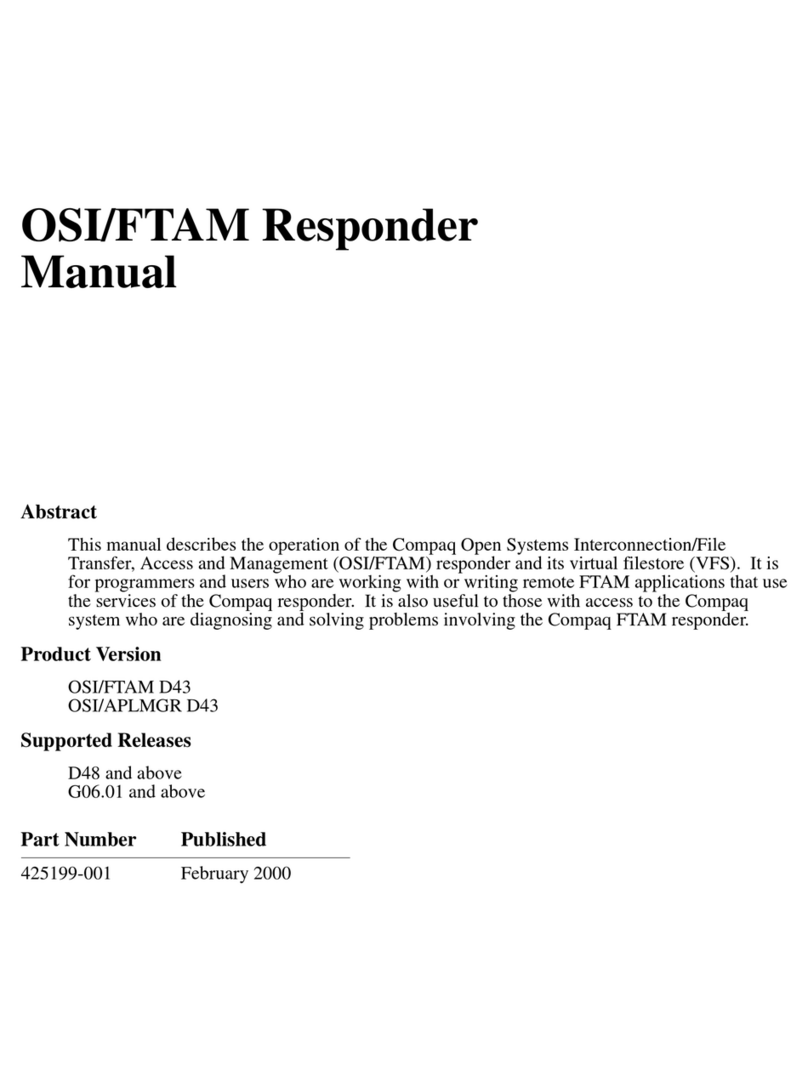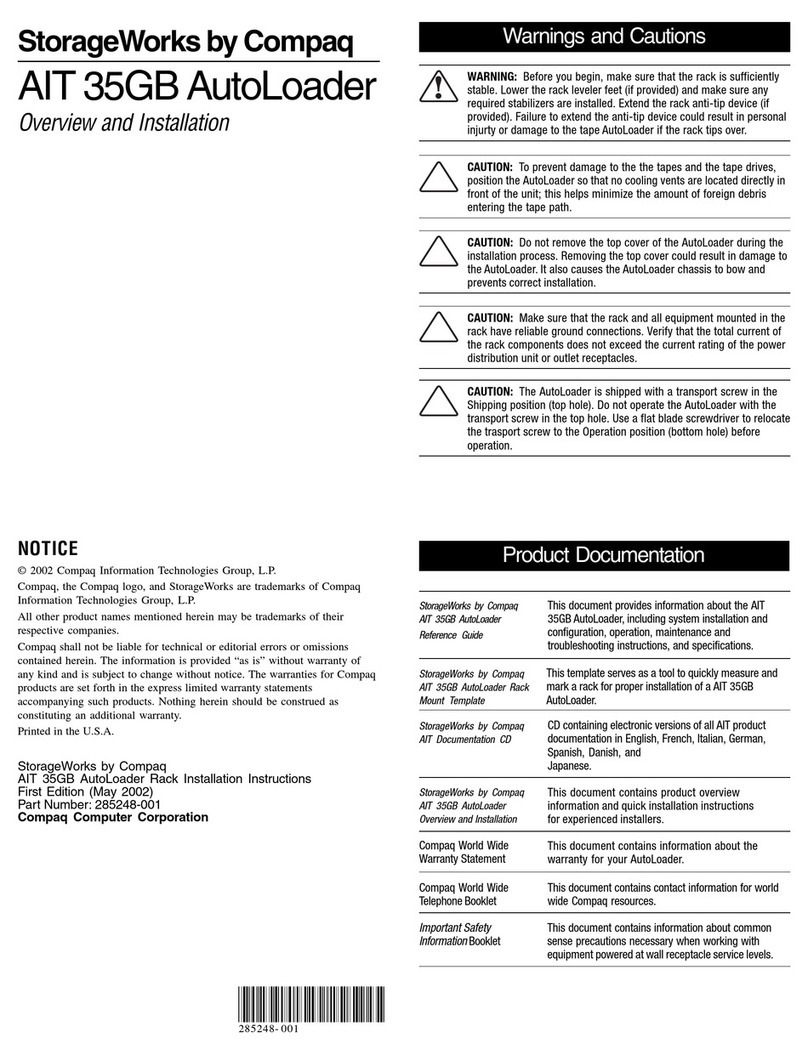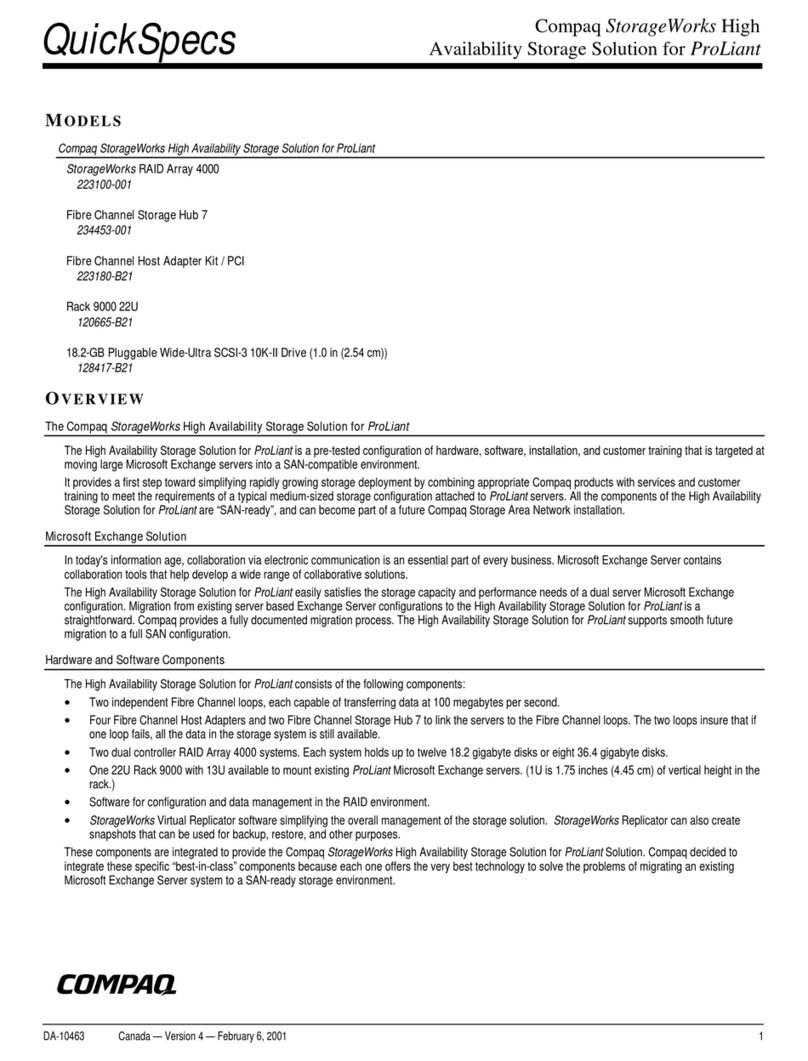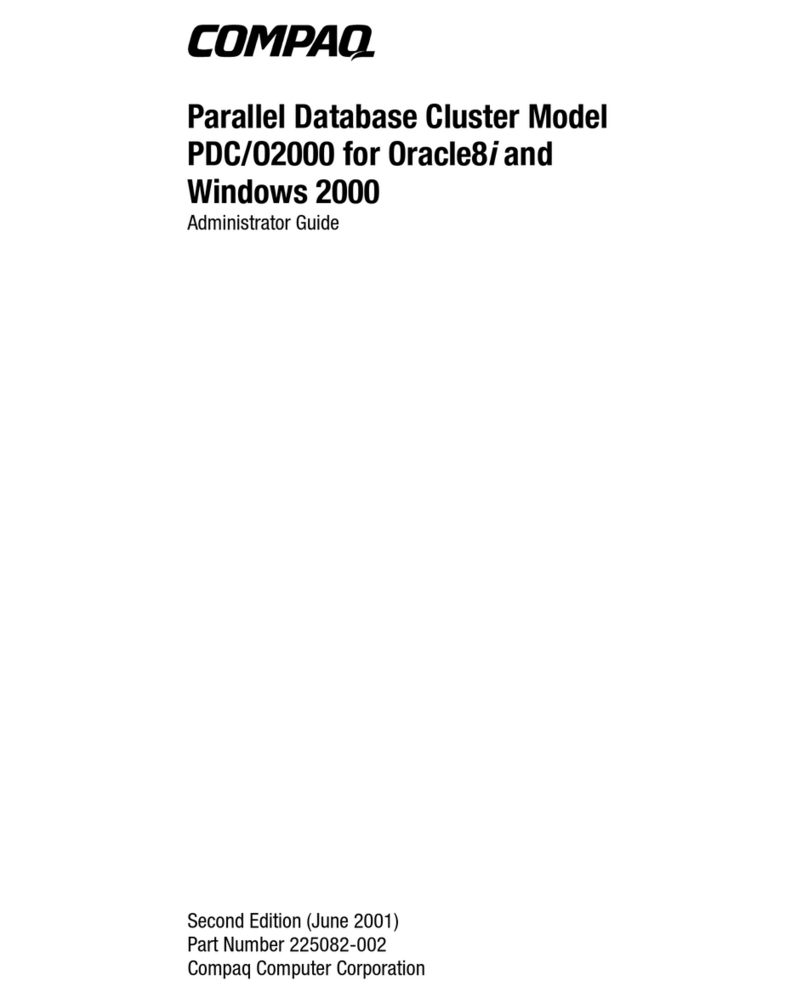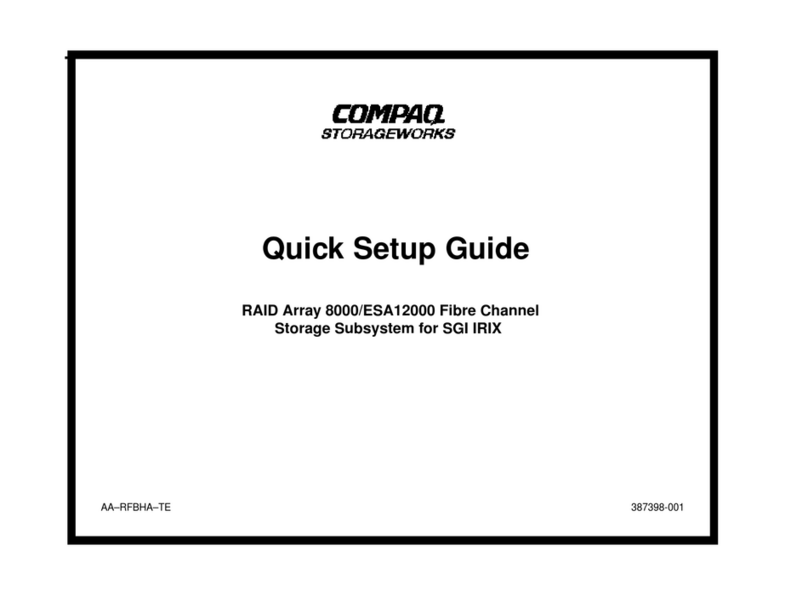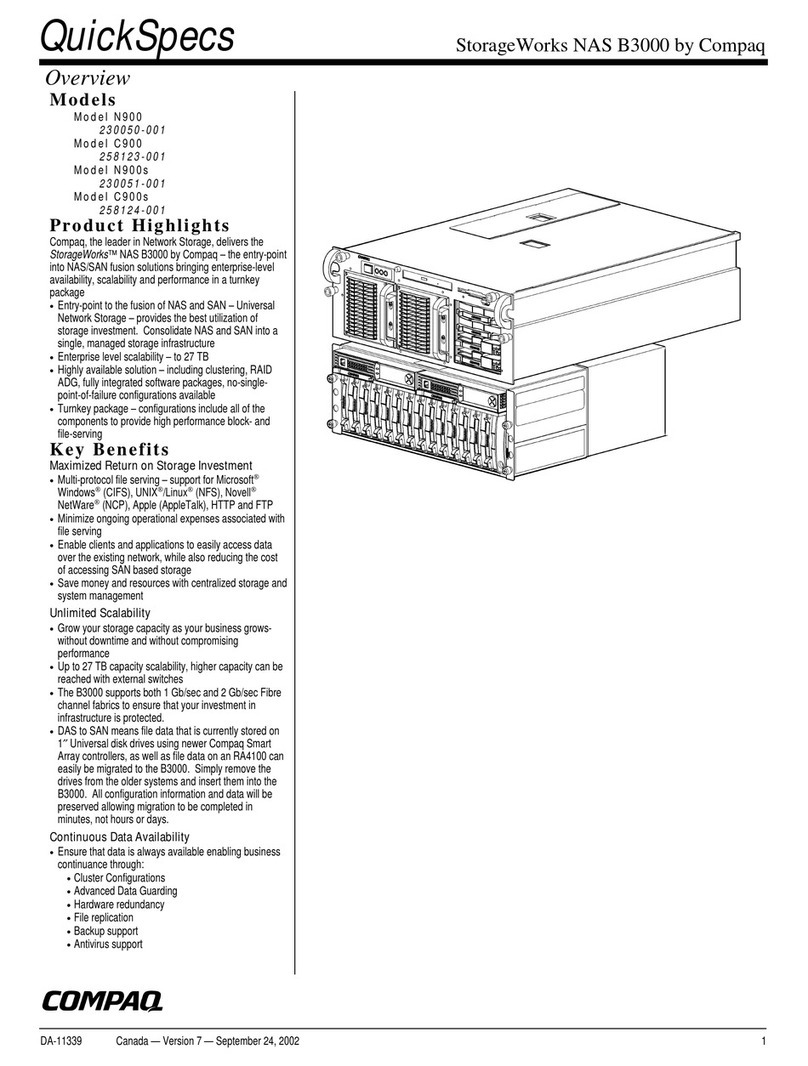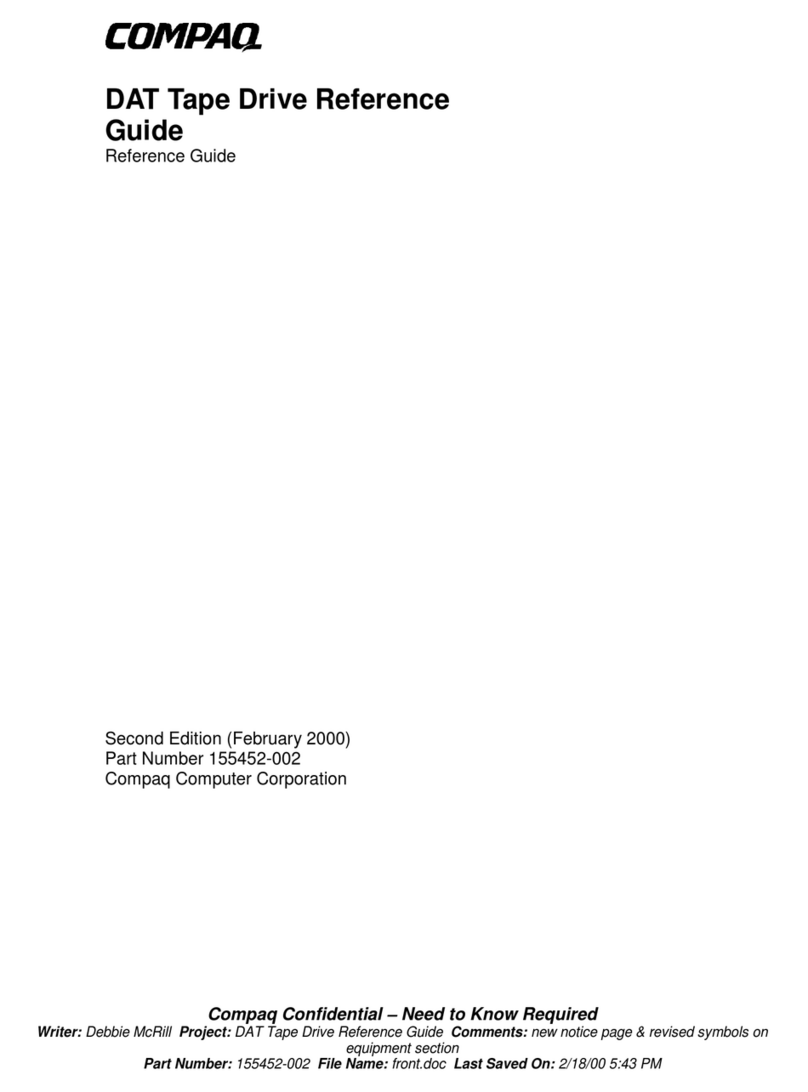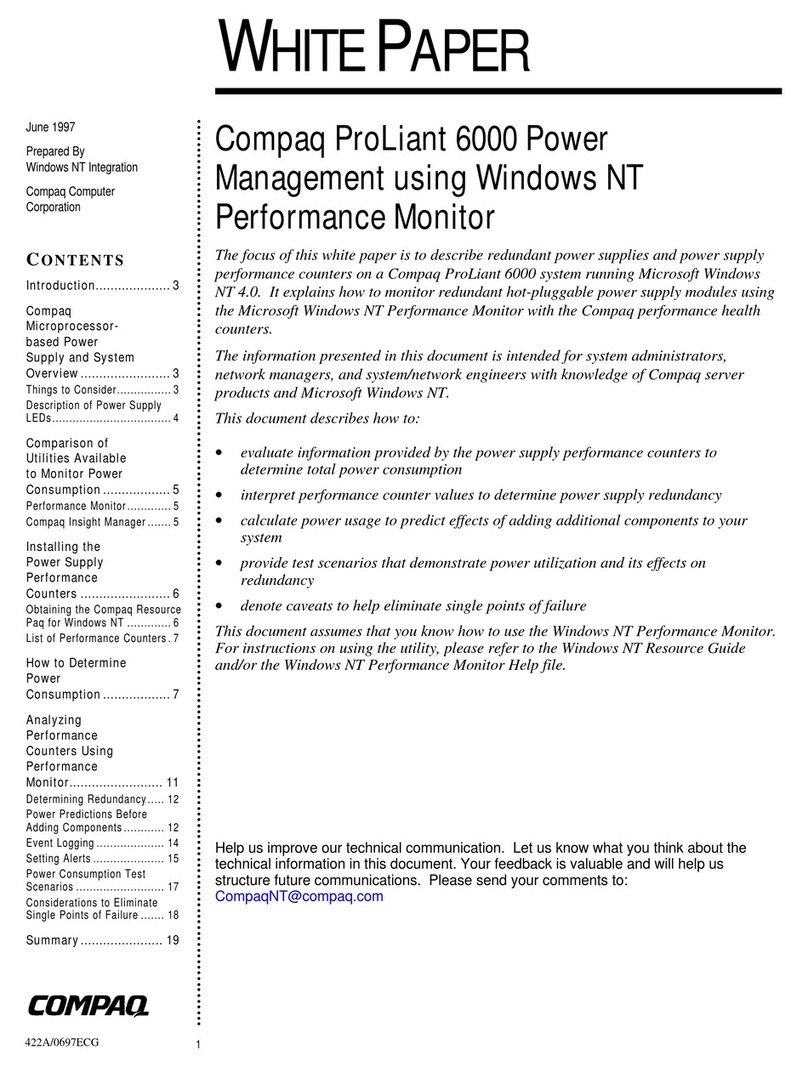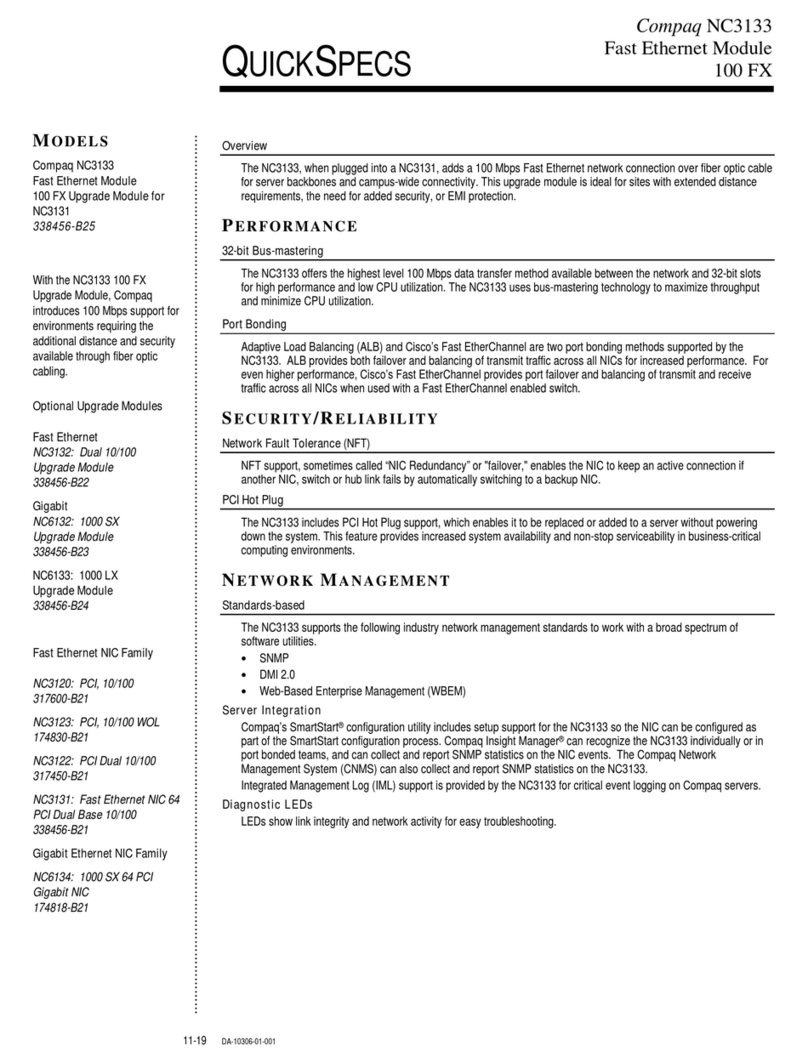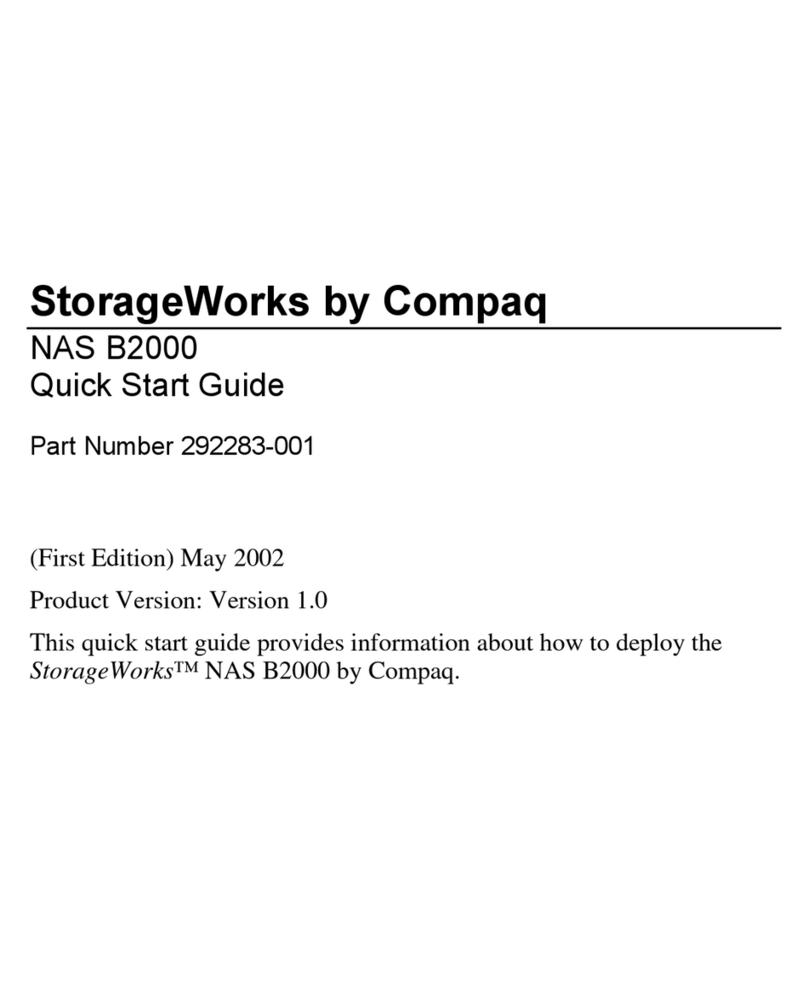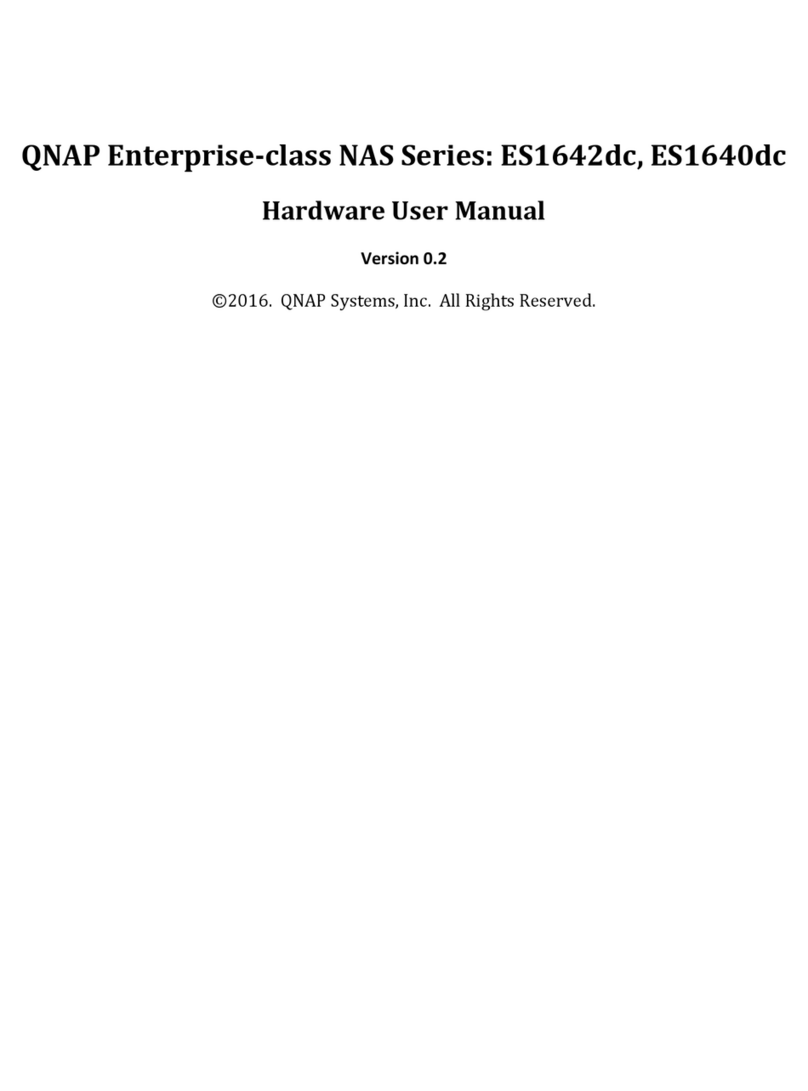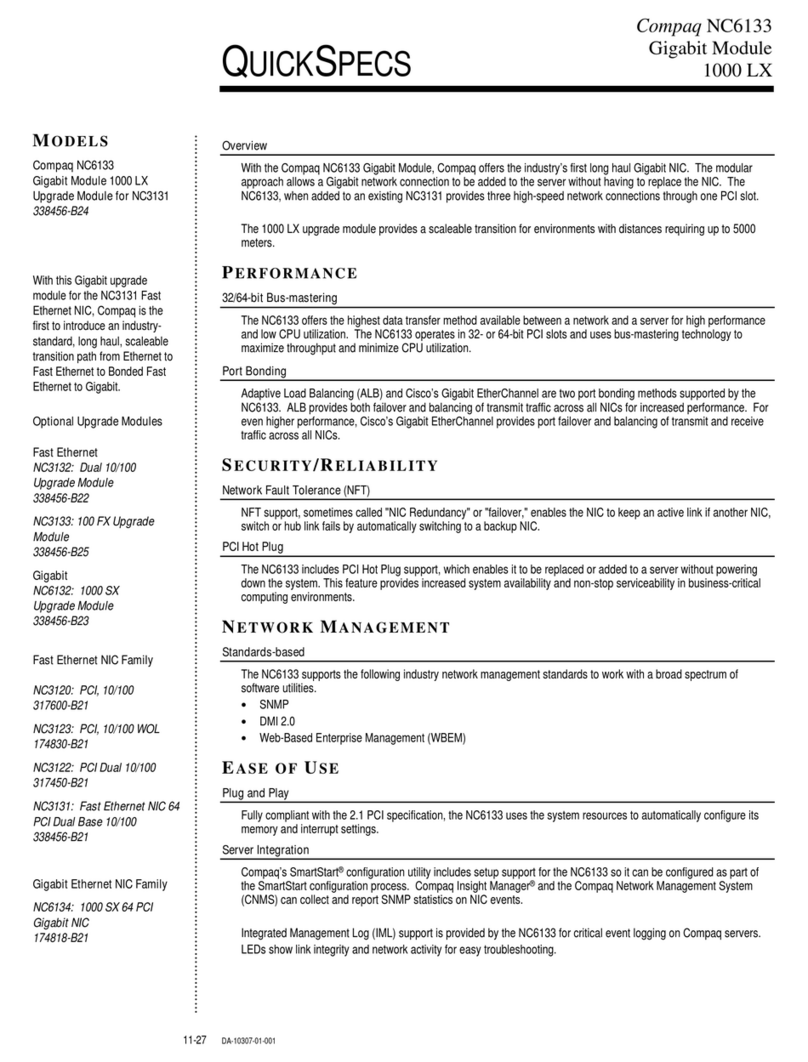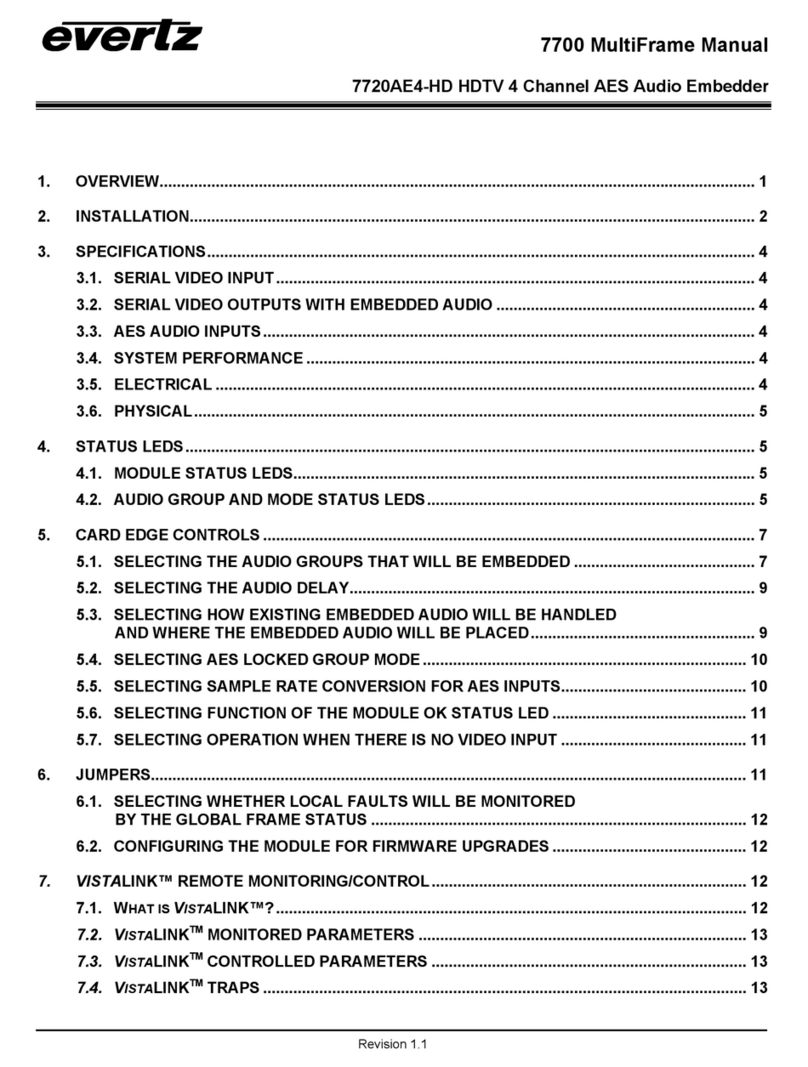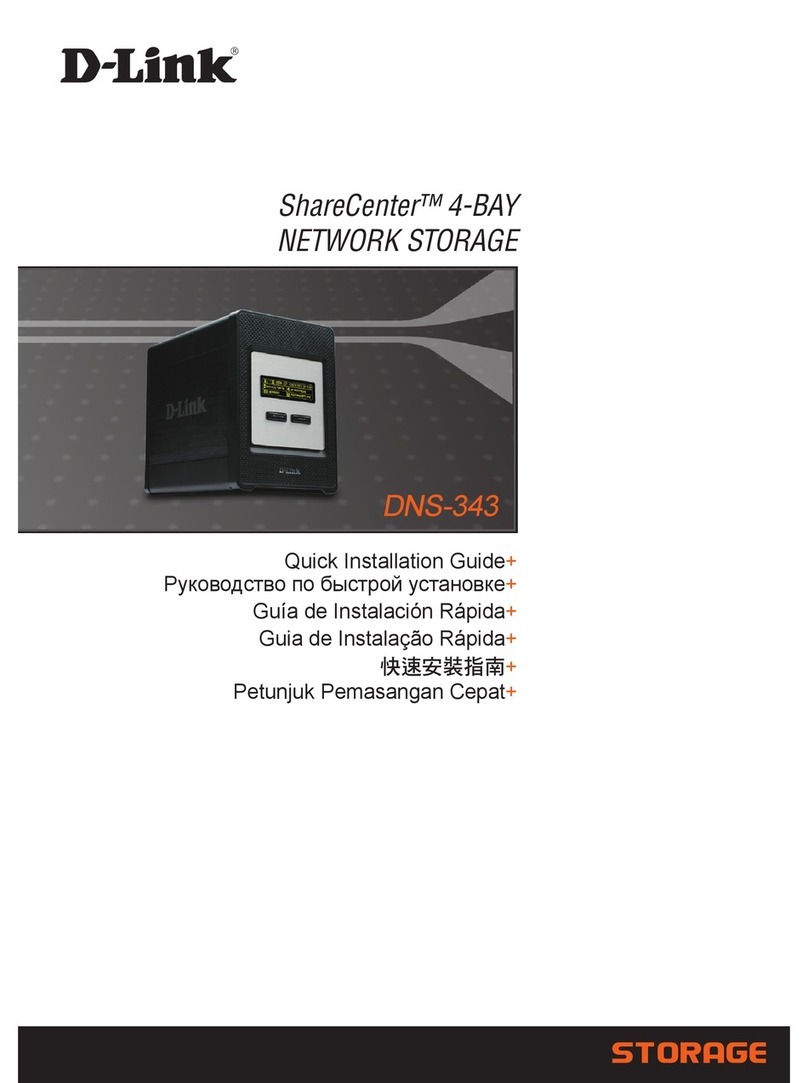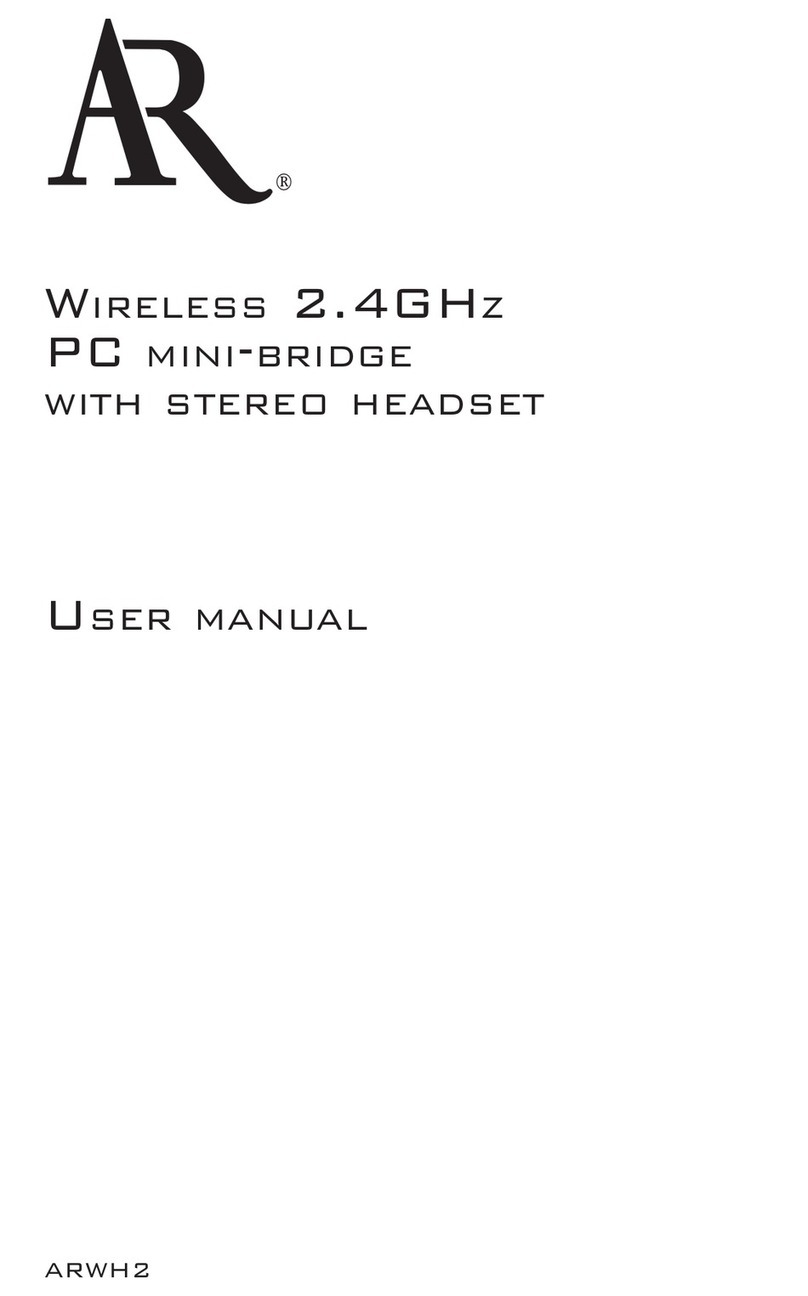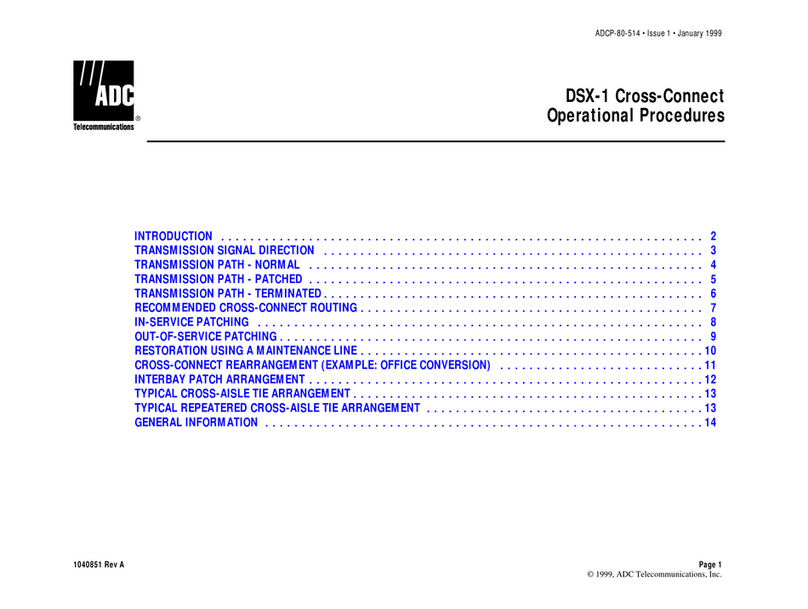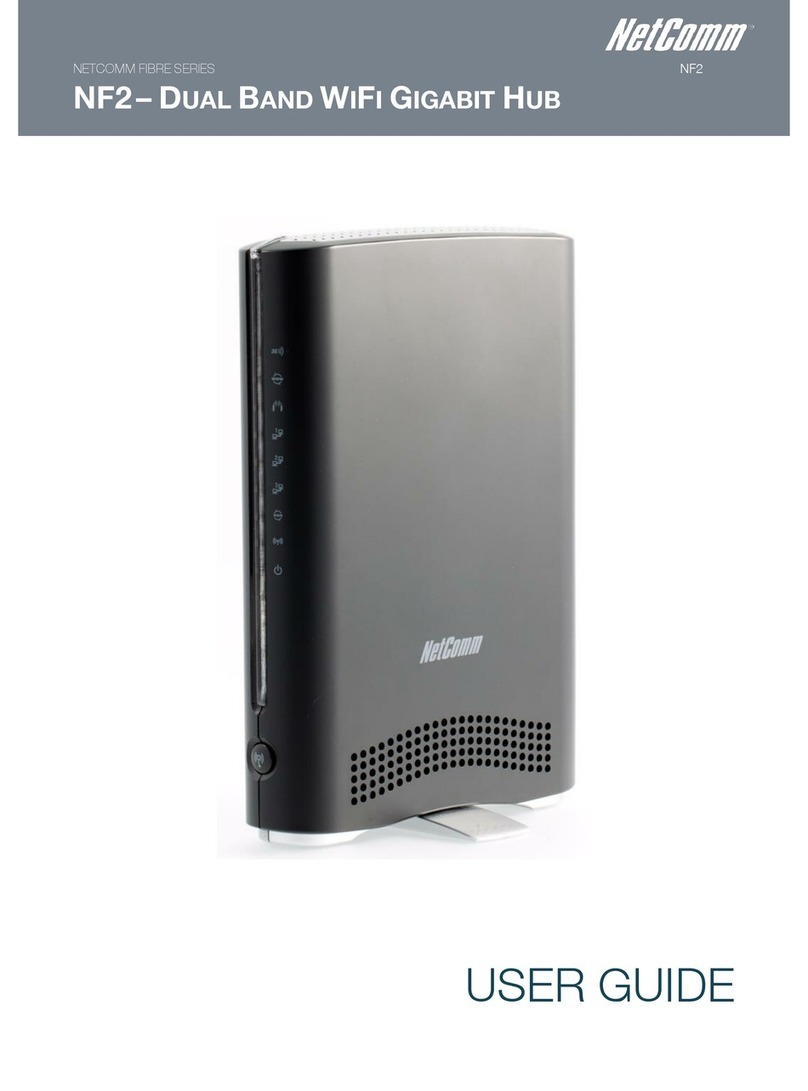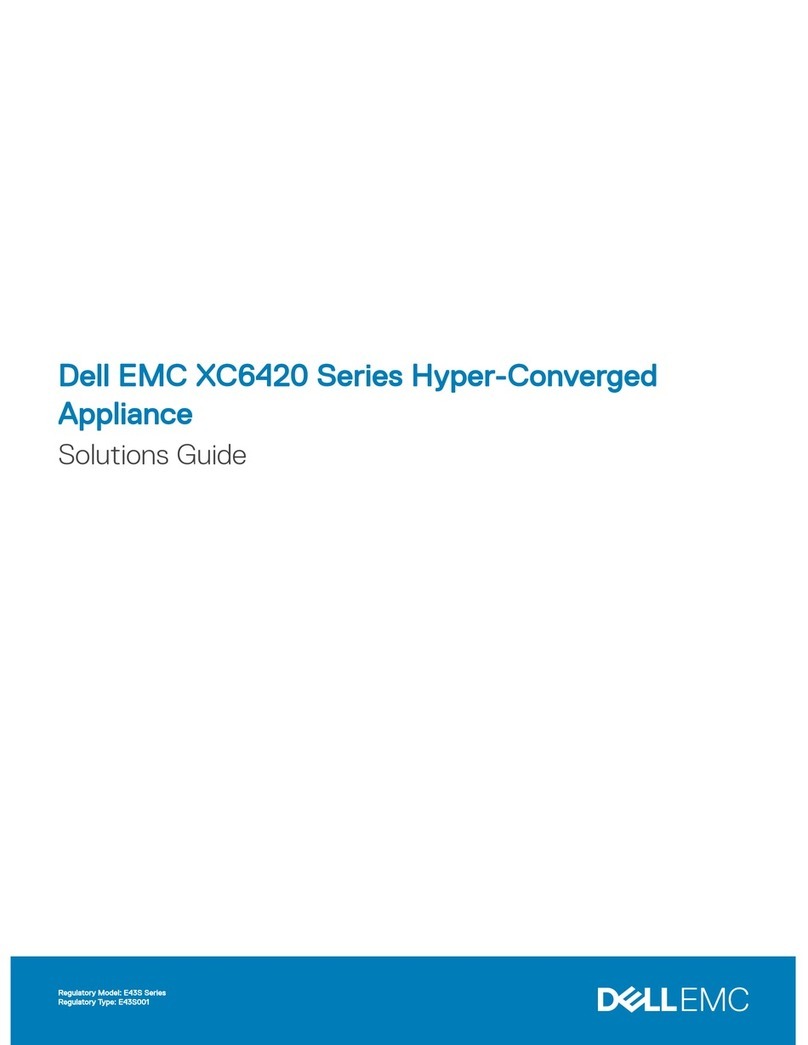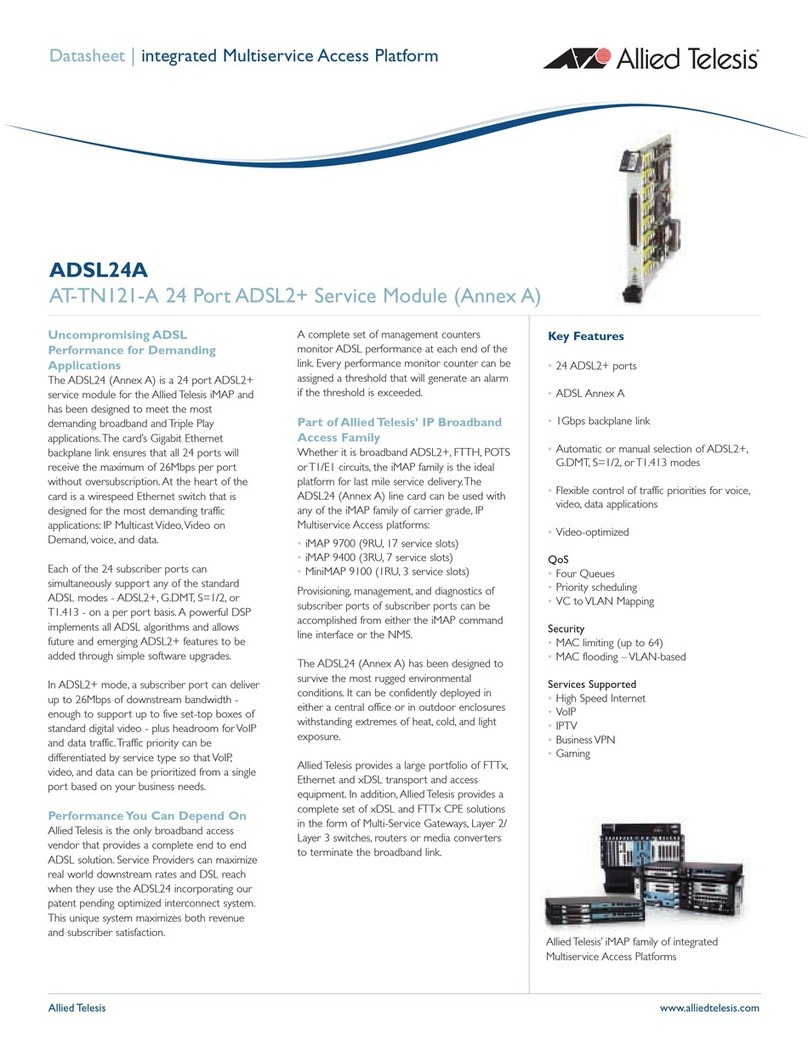
Technical Reference Guide
Compaq iPAQ Family of Internet Devices
First Edition –- March 2000
vi
CHAPTER 8 BIOS ROM .......................................................................................................................
8.1 INTRODUCTION.................................................................................................................. 8-1
8.2 DESKTOP MANAGEMENT SUPPORT ............................................................................... 8-2
8.2.1 SYSTEM ID................................................................................................................... 8-4
8.2.2 SYSTEM INFORMATION TABLE ............................................................................... 8-4
8.2.3 EDID RETRIEVE .......................................................................................................... 8-5
8.2.4 DRIVE FAULT PREDICTION....................................................................................... 8-5
8.2.5 SYSTEM MAP RETRIEVAL......................................................................................... 8-6
8.2.6 FLASH ROM FUNCTIONS ........................................................................................... 8-7
8.2.7 POWER BUTTON FUNCTIONS ................................................................................... 8-7
8.2.8 ACCESSING CMOS...................................................................................................... 8-8
8.2.9 ACCESSING CMOS FEATURE BITS........................................................................... 8-8
8.2.10 SECURITY FUNCTIONS ............................................................................................ 8-10
8.3 MEMORY DETECTION AND CONFIGURATION............................................................ 8-11
8.4 PNP SUPPORT.................................................................................................................... 8-12
8.4.1 SMBIOS....................................................................................................................... 8-13
8.5 POWER MANAGEMENT FUNCTIONS ............................................................................ 8-14
8.5.1 INDEPENDENT PM SUPPORT .................................................................................. 8-14
8.5.2 ACPI SUPPORT........................................................................................................... 8-15
8.5.3 APM 1.2 SUPPORT ..................................................................................................... 8-15
8.6 USB LEGACY SUPPORT ................................................................................................... 8-17
8.7 BIOS UPGRADING............................................................................................................. 8-18
APPENDIX A ERROR MESSAGES AND CODES...............................................................................
A.1 INTRODUCTION.................................................................................................................A-1
A.2 POWER-ON MESSAGES..................................................................................................... A-1
A.3 BEEP/KEYBOARD LED CODES ........................................................................................ A-1
A.4 POWER-ON SELF TEST (POST) MESSAGES.................................................................... A-2
A.5 PROCESSOR ERROR MESSAGES (1XX-XX) ...................................................................... A-3
A.6 MEMORY ERROR MESSAGES (2XX-XX)........................................................................... A-4
A.7 KEYBOARD ERROR MESSAGES (30X-XX) ....................................................................... A-4
A.8 PRINTER ERROR MESSAGES (4XX-XX) ............................................................................ A-5
A.9 VIDEO (GRAPHICS) ERROR MESSAGES (5XX-XX) .......................................................... A-5
A.10 DISKETTE DRIVE ERROR MESSAGES (6XX-XX) ......................................................... A-6
A.11 SERIAL INTERFACE ERROR MESSAGES (11XX-XX) ................................................... A-6
A.12 MODEM COMMUNICATIONS ERROR MESSAGES (12XX-XX).................................... A-7
A.13 SYSTEM STATUS ERROR MESSAGES (16XX-XX) ........................................................ A-8
A.14 HARD DRIVE ERROR MESSAGES (17XX-XX) ............................................................... A-8
A.15 HARD DRIVE ERROR MESSAGES (19XX-XX) ............................................................... A-9
A.16 VIDEO (GRAPHICS) ERROR MESSAGES (24XX-XX) .................................................... A-9
A.17 AUDIO ERROR MESSAGES (3206-XX)......................................................................... A-10
A.18 DVD/CD-ROM ERROR MESSAGES (33XX-XX)............................................................ A-10
A.19 NETWORK INTERFACE ERROR MESSAGES (60XX-XX) ........................................... A-10
A.20 SCSI INTERFACE ERROR MESSAGES (65XX-XX, 66XX-XX, 67XX-XX) ....................... A-11
A.21 POINTING DEVICE INTERFACE ERROR MESSAGES (8601-XX).............................. A-11
A.22 CEMM PRIVILEDGED OPS ERROR MESSAGES........................................................ A-12
A.23 CEMM EXCEPTION ERROR MESSAGES ................................................................... A-12
